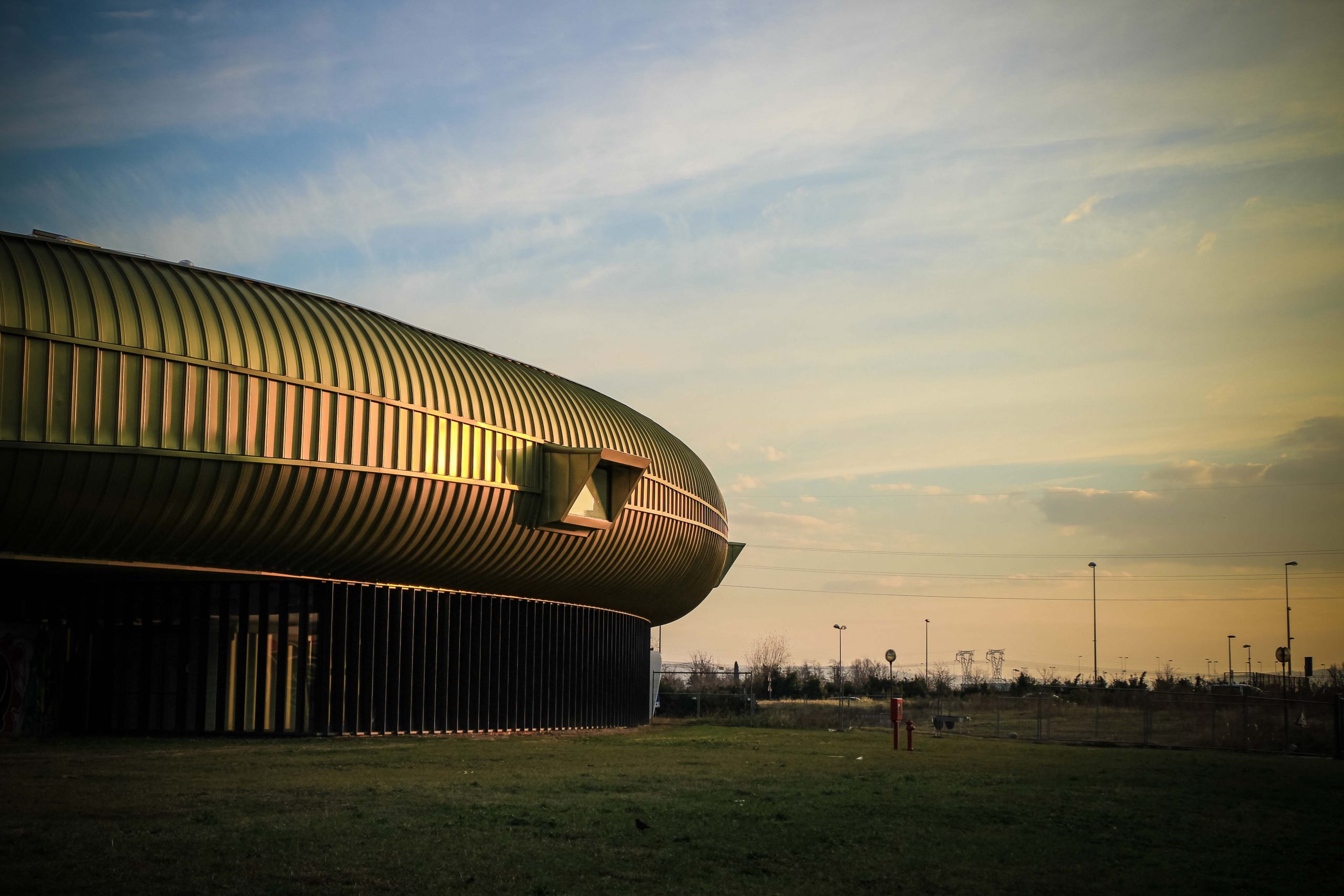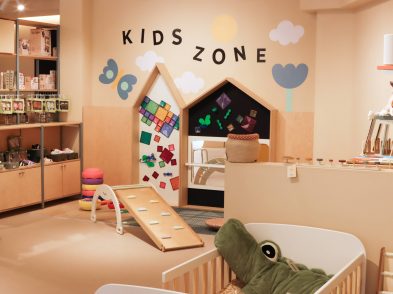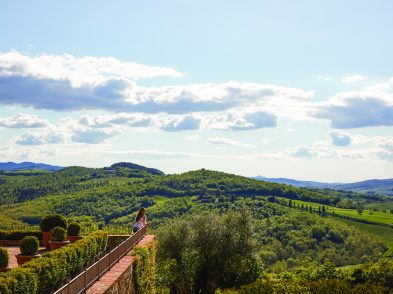With the new, spaceship-shaped building extension by Maurice Nio complete, the Grand Opening of the new Luigi Pecci Centre for Contemporary Art will take place on October 16, 2016. Ten years in the making (since the design was presented in 2006), the renovation and construction cost 14.4 milion euro.

”Sensing the waves”, New wing designed by Maurice Nio. Photo: Ivan D’Alì
Founded in 1988 and set up in an industrial style building designed by the Florentine architect Italo Gamberini, “the Pecci” – as it’s called by most – was the first institution in Italy to be built from scratch with the specific intent to exhibit, collect, preserve, document and distribute research on contemporary art.
The Centro Pecci started its own collection from scratch, with no former legacy. This allowed the first directors to shape the collection with the maximum freedom of choice and without any compromises. Consequently, a direct correspondence came to be set up between the exhibitions and the purchases, based on the art of the 1980s onwards. The result is a unique collection in Italy with over 1000 works by internationally recognised artists such as Anish Kapoor, Jan Fabre, Jannis Kounellis, Michelangelo Pistoletto, Andy Warhol and Sol LeWitt.
The Pecci Centre is about to become an international benchmark for the experimentation of multiple contemporary artistic languages. Its mission, in fact, is to explore various disciplines of contemporary culture including film, music, performing arts, architecture, design, fashion and literature, whilst simultaneously seeking to make art as accessible as possible to society.
The new centre doubles the space of the old one and will also have an archive and specialized library which will include over 50,000 volumes, an outdoor theatre, a cinema/auditorium, a performance space in the galleries, a bookshop, a restaurant and a pub/bistro. Not just exhibitions but also experimentation and research will take place here, hoping to create a dynamic relationship with spectators, and become a particularly active place with extended opening hours for performances, concerts and screenings, as well as conferences, workshops and courses for adults.
Future programming will prioritize activities and projects which fulfill the institutional aims and the cultural mandate of the centre: multi-disciplinarity and bringing art and its themes closer to the public. This will always be characterised by themes and artists of broad interest, starting with a collaboration with Maurizio Cattelan, the world’s best-known Italian artist, who will be re-entering the exhibition arena after having announced his retirement at the large solo show at the Guggenheim in New York back in 2011. He will be followed by the solo show of Christian Marclay, winner of the Leone d’Oro (Golden Lion) at the 2011 Venice Biennale, and by Yayoi Kusama, the famous Japanese artist known to for her atmospheric immersive, polka-dot environments.
Part of bringing contemporary art closer to the public lies in opening hours, so whenever possible the centre intends to extend programming into the evening with a rich series of events, performances, concerts and the like, supported by the presence of a restaurant and bistro.
The October 2016 inauguration and the center’s first exhibition will be supported by numerous fringe events involving the whole town of Prato and extending into the territory of Tuscany. An urban itinerary will extend the Pecci’s sculpture garden further towards the center of the city of Prato and even into partner museums like the ground floor of Palazzo Pretorio, while other works from the collection are already located in spaces around Tuscany. The region’s contemporary art galleries have been involved and the best of their proposals will be displayed. The same goes for art by young artists in Tuscany who replied to an earlier call for works that generated shows through 2015 at Officina Giovani; the best of these will create a show that summarizes the TU35 project – Geographies of emerging art in Tuscany. Finally, additional opportunities for discussion will be created through round tables that will take up some themes themes such as artistic education and economic relations regarding sponsorship of art and the specifics of contemporary art production.
Download the special insert dedicated to the Centro Pecci reopening published in The Florentine issue 227 (October 2016)








